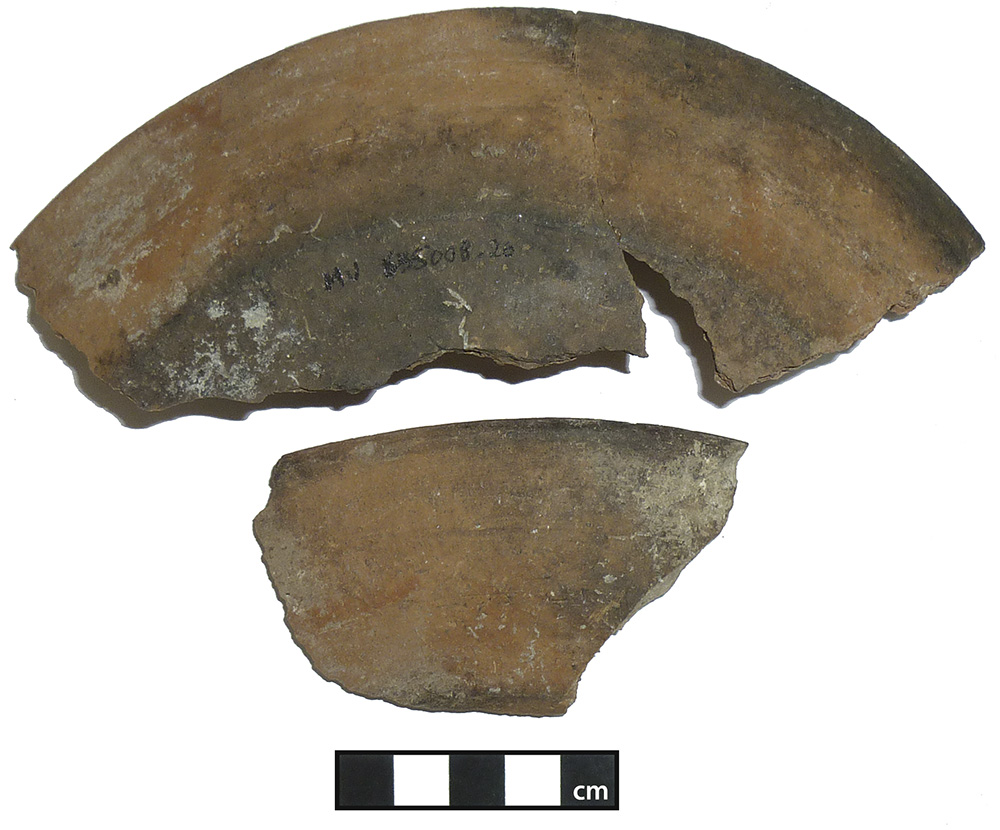July 2023 (127.3)
Article
Multifunctionality and Roman Oven-to-Table Wares: Internal Red-Slip Vessels
Examining several hundred samples of internal red-slip vessels from the Roman sites of Musarna, Populonia, Cetamura del Chianti, Gabii, and Pompeii, this article presents a study using morphology, use-wear, and ceramic petrography to consider why this ware was produced for such a long period of time (third century BCE until at least the first century CE) and why it was so widespread in the empire. The article looks at this ware in the context of the other pottery types that were popular at the same time and that were visually similar. Considering the aesthetics of glossy red Roman cooking pans engages with the idea of the ceramic service of matching vessels and allows us to fruitfully explore the possibilities for multifunctionality in object use, bringing us closer to the ancient consumer’s experience in the kitchen and at the table. The study includes more than 50 thin sections and presents the first petrographic examination of any pottery from Musarna or Populonia.
